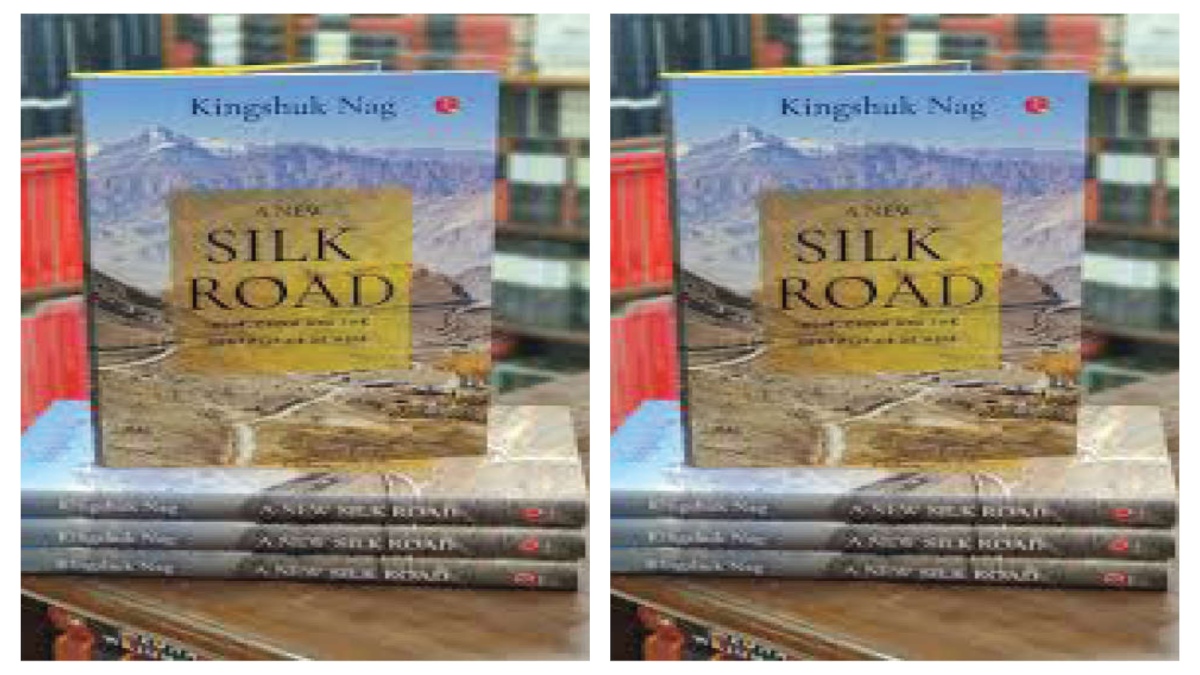


The recent high-altitude conflict with China has again brought focus on Sino-Indian relations. This comes after decades of Indian corporations doing business with China and the Dragon even becoming a tourist destination for the Indian traveller. But as this book asserts, the unprovoked Chinese offensive in Ladakh is to safeguard the new China-Pakistan Economic Corridor (CPEC) which begins from Gwadar port in Balochistan and passes through the heart of Pakistan to enter into China through Pakistan-occupied Kashmir (POK) and the Xinjiang province. The latter is one of the regions in the world furthest from the sea. The CPEC will enable Chinese products to find a way to the export market. On the way, China will assist Pakistan to set up units on the way and a special economic zone (SEZ). The CPEC passes through areas that are in the range of guns that can be fired from Ladakh. Hence, the Chinese sought to displace India from Ladakh or at least parts of it.
Pakistan cementing ties with China is bad news for India: Now it will have to simultaneously face an enemy on the north but also another on the west. But this is not all. India is now being surrounded by China through countries subscribing to its OBOR (One Belt One Road) scheme. Apart from Pakistan, other neighbors of India like Nepal, Sri Lanka and even Myanmar are part of this scheme which entails heavy Chinese investments into these countries to build infrastructure like roads and ports. India has now realised what the Chinese game is about and politely refused to join in even though China is keen.
In 1962 when India faced Chinese invasion, it was only on the Himalayas, but this time around, the Chinese threat is from not only from the north, but also from the seas. The Chinese are taking more nations under the OBOR scheme in the Indian Ocean region. This includes Indonesia, Thailand and many others. These countries receive huge funds to build their infrastructure (on paper, these funds are interest-free but that’s a mirage; actually, the recipients have to repay much more). Without this realization, these countries slip into a state of Chinese domination. The US also realizes this Chinese game so they are proposing an Indo-Pacific Alliance in the India Ocean, extending from the west coast of the US to the Arabian Sea on the Indian coast. This will contain the influence of China. The Quadrilateral Security Dialogue (Quad) among the US, Japan, Australia and India is also being strengthened to keep China under check. After the global coronavirus pandemic that began from China, anger against the country is globally on the rise. But China is unfazed.
China is a country with a huge exportable ‘surplus’. This has been created by ‘forcibly’ keeping domestic consumption under control, so that China can export huge amounts enabling it to earn a lot of foreign exchange. This foreign exchange is used to ‘buy’ global influence. Today all kinds of Chinese goods are finding their way into the Indian markets: this includes hospital beds, toasters, kites, handlooms and safety pins, to give a few examples. China has built a bazaar for these products in Guangdong province (the new name for Canton) where outsiders are allowed free entry. Meanwhile, Chinese companies are now copying designs and more from western automobiles that were imported into the country. These very well-copied automobiles which don’t look like copied products are now giving the western vehicles a run for their money. The Chinese are now—by design—setting up a new Silicon Valley to compete with the original in the US. With a super powerful chief, Xi Jinping, now in power, China is fully poised giving rivals a hard time. Xi is as powerful as Mao, the first ruler of China after it became Communist.
For India, a rising China is a real psychological threat, and it will be good if we realise this clearly. To the north of India lies Xinjiang and Tibet. Minus the two, China will be just 60 per cent of its current size. Xinjiang, a Muslim-dominated province, was forcibly incorporated in China in 1935. Likewise, Tibet was amalgamated into China by force in 1959. China is a well-planned country and many Indians are hired to teach English and software programming to the Chinese. Indian planners must keep these facts in view while planning a strategy to contain China.